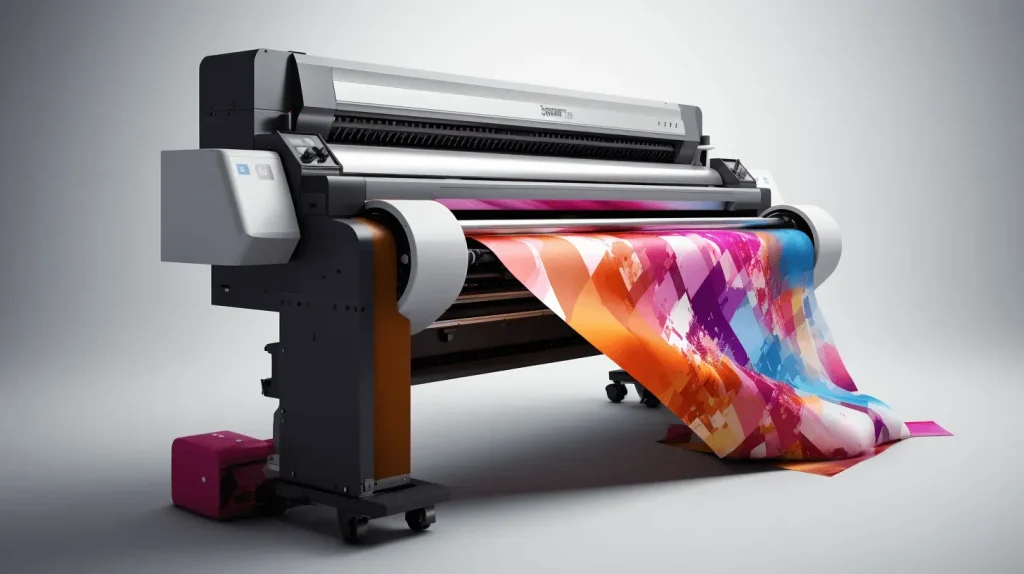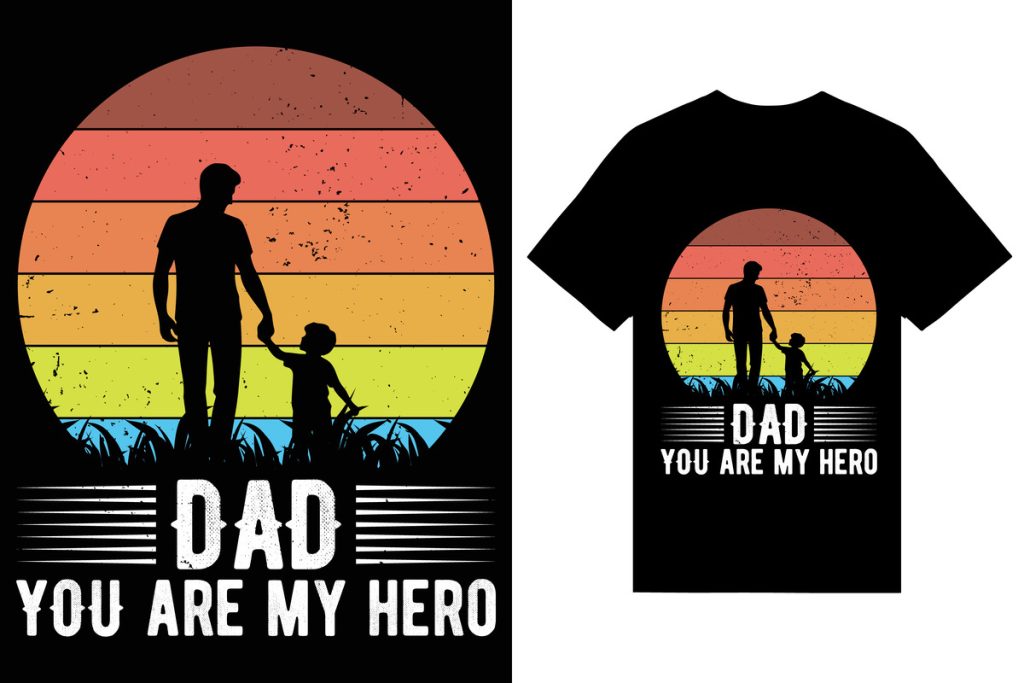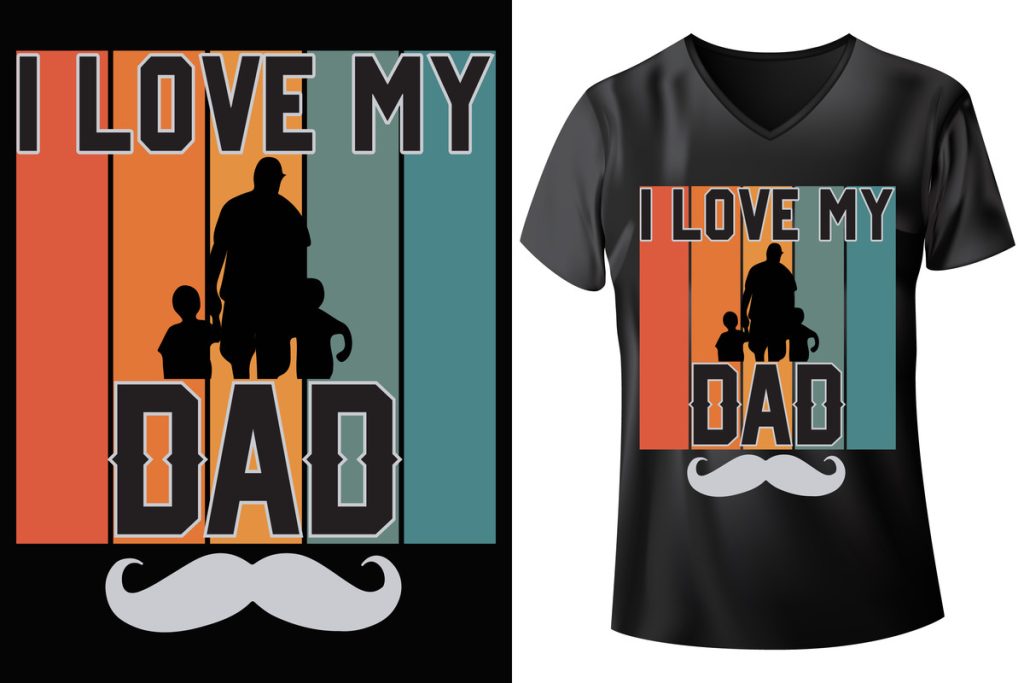DTF printing, or Direct-to-Film printing, represents a groundbreaking shift in the realm of custom apparel design, enabling designers to create stunning and intricate designs with ease. This innovative printing technology utilizes a specialized film to transfer vibrant colors directly onto fabric, which not only enhances the quality of the final product but also streamlines the production process significantly. As the fashion industry embraces such advancements, DTF printing stands out for its capacity to meet the growing consumer demand for unique and personalized designs. Furthermore, this method aligns with the trend towards sustainable apparel printing, reducing material waste and promoting eco-friendly practices. In this article, we delve into how DTF printing is transforming the landscape of fashion, ushering in a new era of creativity and sustainability in apparel design.
Direct-to-Film printing, often referred to as DTF printing, is reshaping the custom clothing creation landscape with modern techniques that offer high-resolution, durable prints. This innovative method allows for applying intricate designs directly onto fabrics using heat transfer technology, making it a game-changer in the printing technology field. The fashion industry is witnessing a surge in the adoption of DTF methodologies as designers and entrepreneurs seek out efficient solutions for custom apparel design. Additionally, the emphasis on sustainable practices is being met by DTF printing’s potential to reduce waste and utilize environmentally conscious materials. This evolution in fabric printing not only addresses consumer preferences for personalized apparel but also caters to the industry’s shift towards responsible and innovative fashion solutions.
The Evolution of Printing Technology in Fashion
The fashion industry has undergone significant changes in printing technology over the past few decades. Traditional methods such as screen printing and heat transfer have been the backbone of apparel design, but their limitations in terms of detail and scalability prompted innovation. With the introduction of Direct-to-Film (DTF) printing, designers can now explore more intricate and vibrant designs without the constraints they faced in the past. This technology allows for higher-quality outputs, ensuring the rich colors and fine details are preserved even after multiple washes, which is a vital aspect in maintaining customer satisfaction.
Moreover, innovations in printing technology have expanded beyond just DTF. Techniques such as digital printing and sublimation have also emerged, each offering unique advantages. For instance, digital printing facilitates smaller runs and quicker turnaround times, optimizing production workflows for both small businesses and larger brands. As these emerging technologies continue to evolve, they are reshaping not only how designs are created, but also how consumers interact with fashion, leading to a more dynamic and personalized retail environment.
Sustainability in Direct-to-Film Printing
Sustainability is becoming a critical focus in apparel production, and DTF printing aligns well with this growing demand. Unlike traditional printing methods that often rely on harmful chemicals and generate excessive waste, DTF printing utilizes eco-friendly inks and processes. This shift towards sustainable practices not only reflects a commitment to environmental stewardship but also appeals to the conscientious consumer who prefers brands that prioritize green initiatives.
Furthermore, DTF printing’s ability to produce on-demand apparel significantly reduces inventory waste. Brands can create products specifically tailored to consumer preferences without risking overproduction, which is a common challenge in the fashion industry. By implementing sustainable practices through DTF technologies, brands not only cut costs but also foster a more responsible approach to fashion that resonates with today’s eco-aware customers.
The Rise of Custom Apparel and Personalization
As consumer preferences shift towards more personalized experiences, custom apparel design is witnessing an unprecedented surge. DTF printing plays a pivotal role in this evolution, enabling designers and brands to offer unique, bespoke products that cater to individual tastes. This freedom to create distinct designs means consumers can express themselves through fashion in ways they never could before.
The customization craze is amplified by advancements in DTF technology, which allows for quick adaptations to designs based on consumer feedback or trends. Brands can experiment with different styles and graphics, all without the daunting financial burden that usually comes with large production runs. This flexibility fosters a more engaging relationship between brands and customers, pushing the boundaries of creativity and personal expression in apparel design.
Industry Adoption and Market Growth
The increasing adoption of DTF printing across various segments of the apparel industry marks a shift in market dynamics. As more companies recognize the benefits of this innovative printing method, they are experiencing not only faster turnaround times but also improved product quality. Direct-to-consumer brands, in particular, are leveraging DTF printing to shorten production cycles, ultimately enhancing customer satisfaction and loyalty.
In addition, smaller businesses are finding DTF printing particularly advantageous due to its cost-effectiveness. With the ability to produce smaller batches without compromising on quality, even niche brands and startups can thrive. This democratization of design capabilities is fueling growth in the bespoke apparel market, as more entrepreneurs enter the scene with unique ideas and offerings rooted in the latest printing technology.
Innovations Enhancing DTF Printing
Recent advancements in DTF printing technology continue to push the envelope on what’s possible in custom apparel design. New formulations of DTF inks not only improve washability and durability but also allow for the integration of varied textures. This means that designers can create not just visually stunning, but also tactilely engaging designs that stand out in a saturated market.
Moreover, emerging technologies such as enhanced heat transfer processes are increasing the efficiency of DTF printers, enabling higher production speeds without sacrificing quality. This rise in productivity is a game-changer for manufacturers looking to meet fast-changing fashion demands while maintaining the integrity of their designs.
Challenges and Opportunities in DTF Printing
While DTF printing presents numerous advantages, it is not without its challenges. As the technology becomes more popular, businesses must navigate issues such as equipment costs and the learning curve associated with new printing techniques. Additionally, staying up-to-date with the latest trends and technologies can be a hurdle for small businesses lacking dedicated resources.
However, these challenges also present opportunities for growth and innovation. By investing in training and education around DTF printing, businesses can enhance their capabilities and keep up with industry demands. Bridging the knowledge gap can unlock potential, allowing brands to fully harness the power of DTF technology for competitive advantage in custom apparel design.
Frequently Asked Questions
What is DTF printing and how does it work in custom apparel design?
Direct-to-Film (DTF) printing is a modern printing technology that transfers designs onto fabric using a heat transfer method with a specialized film. This technique allows for vibrant colors and detailed graphics, bringing custom apparel designs to life while being compatible with various fabrics like cotton and polyester.
What are the benefits of using DTF printing technology in the fashion industry?
DTF printing offers several key advantages, including high-quality outputs that maintain vibrancy over time, cost-effectiveness as it supports smaller production runs, and user-friendliness, making it accessible for designers and entrepreneurs diving into custom apparel design.
How does DTF printing differ from traditional printing methods?
Unlike traditional printing methods, such as screen printing, which often require large orders for economical production, DTF printing allows for smaller batch sizes without sacrificing quality. This flexibility is ideal for custom apparel designers who want to cater to unique consumer preferences.
What role does DTF printing play in sustainable apparel printing?
DTF printing is evolving towards sustainability with manufacturers increasingly adopting eco-friendly inks and processes. This innovation aligns with consumer demand for sustainable products, helping to reduce the environmental impact of custom apparel production.
How is DTF printing influencing trends in personalized custom apparel?
DTF printing supports the trend towards customization in fashion by enabling brands to offer on-demand prints. This capability allows consumers to create unique, personalized designs, enhancing brand engagement and satisfaction while minimizing inventory waste.
What recent innovations have emerged in DTF printing technology?
Recent advancements in DTF printing include new ink formulations that enhance durability and washability of prints. Additionally, innovative heat transfer methods are increasing printing speeds, thereby improving productivity and making DTF an attractive option for the apparel industry.
| Key Point | Description |
|---|---|
| Understanding DTF Printing | DTF printing is a technique for transferring designs onto fabric using heat applied to a special film, suitable for various materials. |
| High-Quality Outputs | Produces vibrant prints that remain unchanged after multiple washes, enhancing customer satisfaction. |
| Cost-Effectiveness | Allows smaller print runs, reducing costs for startups and small businesses. |
| Versatility Across Fabrics | Can be applied to various fabrics, allowing for colorful and intricate designs. |
| User-Friendliness | Modern printers enable users without extensive knowledge to produce quality apparel. |
| Industry Adoption | Rapid growth in businesses utilizing DTF for direct-to-consumer sales due to increased quality and speed. |
| Recent Innovations | Advancements in ink technologies improve durability and washability of prints. |
| Sustainability Considerations | Adoption of eco-friendly inks and processes reduces environmental impact. |
| Emerging Trends | Supports the growing demand for personalized and unique apparel. |
Summary
DTF printing is revolutionizing the custom apparel design industry with innovative techniques that allow for vibrant, high-quality prints on various fabric types. This modern method not only provides significant cost advantages and ease of use for designers but also meets the growing consumer demand for personalized and sustainable products. As the technology continues to evolve, DTF printing positions itself as a critical element in the future of fashion, paving the way for creativity and new market opportunities.



